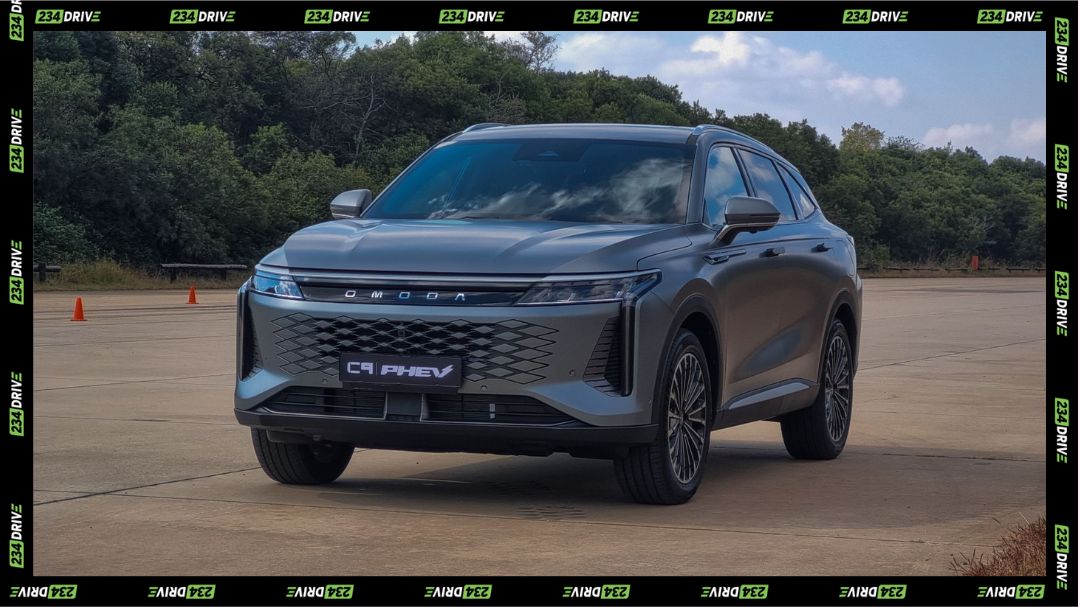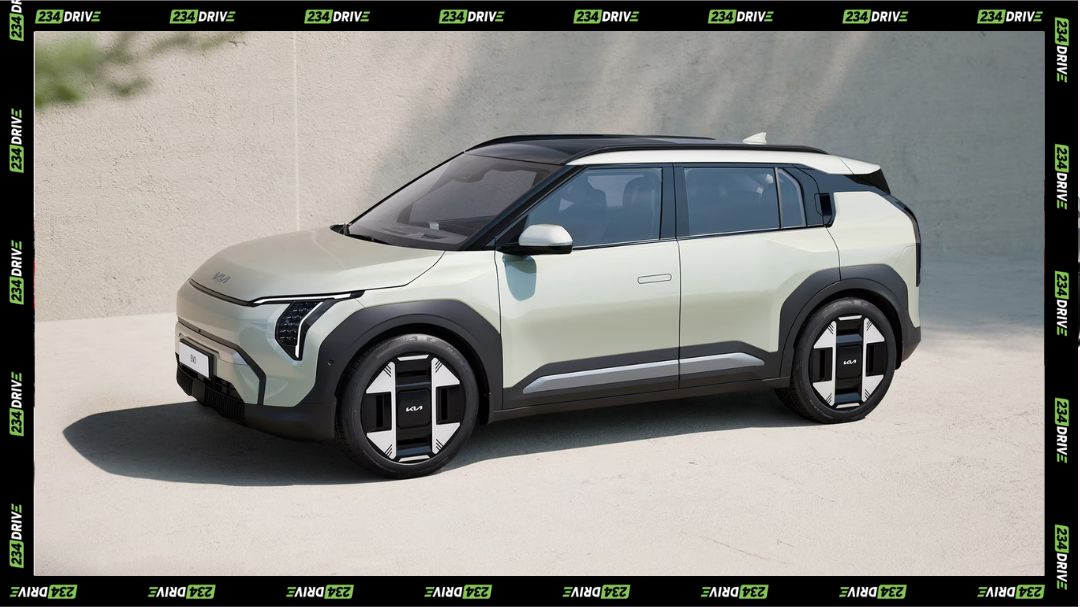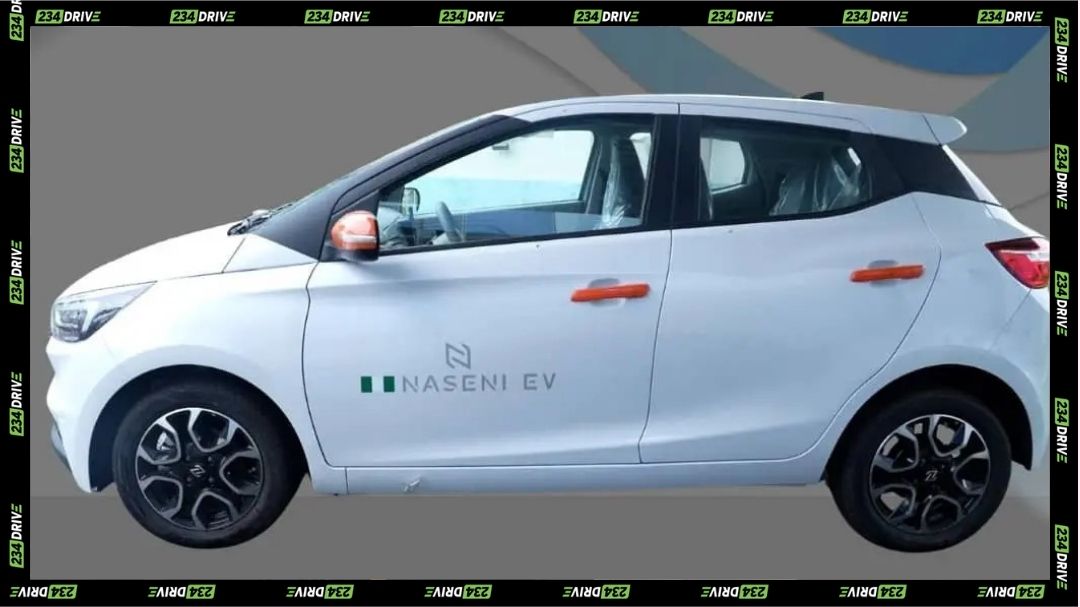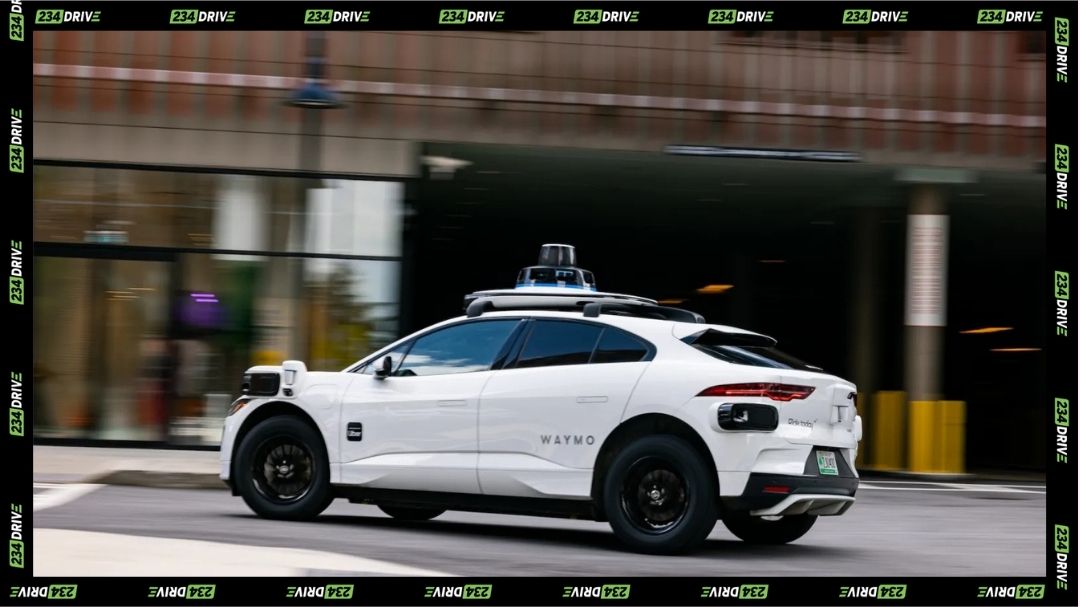On September 16, 2025, Rivian Automotive broke ground on a $5 billion electric vehicle plant near Social Circle, Georgia—one of the largest automotive investments in the U.S. South. Set on a 2,000-acre site about 45 miles east of Atlanta, the facility is projected to create 7,500 direct jobs with an average salary of $56,000 and as many as 8,000 indirect jobs through suppliers and vendors. Production is scheduled to begin in 2028, starting with 200,000 vehicles annually and expanding to 400,000, with a focus on the more affordable R2 SUV ($45,000 starting price) and R3 crossover models.
Founded in 2009 and headquartered in California, Rivian built its brand on electric adventure vehicles like the R1T pickup and R1S SUV. After going public in 2021, it became a significant EV player but remains unprofitable, competing with Tesla, Ford, and GM. Its existing Normal, Illinois plant has capacity for 215,000 vehicles, but the Georgia facility represents a critical expansion into mass-market models. The project faced delays—initially announced in 2021 for a 2024 opening—but construction was paused in 2024 due to financial constraints and local pushback. The September 2025 groundbreaking signals renewed momentum, with construction planned to begin in 2026 and operations starting two years later.
Georgia is providing $1.5 billion in incentives, including $175 million already used for land and infrastructure. Federally, the project secured a $6.6 billion Department of Energy loan, while Volkswagen invested $5.8 billion to boost Rivian’s software and tech. These funds are vital as Rivian posted a $206 million loss in Q2 2025, with deliveries falling 23% year-over-year to 10,661 units. Despite revenues reaching $1.3 billion, Rivian continues to burn cash, and incentives are central to its scaling ambitions.

The plant arrives at a moment of policy shifts and market slowdown. The Trump administration is rolling back EV tax credits of up to $7,500 effective September 30, 2025, while overall U.S. EV sales grew only 1.5% in H1 2025. Tesla commands 45% of the market, GM 13%, and Rivian just 3%. Analysts call the Georgia plant “do or die,” highlighting scale as essential for Rivian to survive. The facility’s focus on the R2 and R3 models reflects a pivot toward affordability, moving beyond Rivian’s premium roots and into volume-driven competition.
Environmental concerns remain a flashpoint. Groups like No2Rivian warn of water contamination risks in recharge areas, silt runoff affecting wells, and wildlife habitat loss. In 2024, runoff complaints surfaced when early grading impacted nearby water sources. Opponents also cite traffic congestion, light pollution near an observatory, and disruptions to local communities. Rivian has pledged stormwater management and compliance measures, but critics argue mitigation remains inadequate.

Comparisons highlight Georgia’s growing role in the EV sector. Hyundai’s $7.6 billion Savannah facility, Kia’s $2.5 billion West Point plant, and Rivian’s $5 billion site collectively position the state as a hub for electric mobility. Together, they bring tens of thousands of jobs and billions in investment, reinforcing Governor Brian Kemp’s vision of Georgia as the “electric mobility capital of America”.
The future of Rivian’s Georgia plant will depend on execution, consumer demand for the R2 and R3, and the company’s ability to balance financial pressures with community concerns. Success could cement Rivian’s role as a sustainable automaker with a global footprint. Failure could amplify doubts over its viability as competition in the EV market intensifies.









